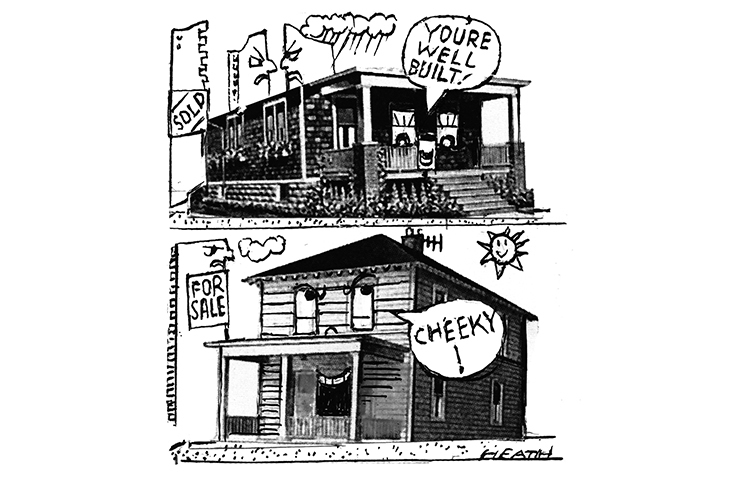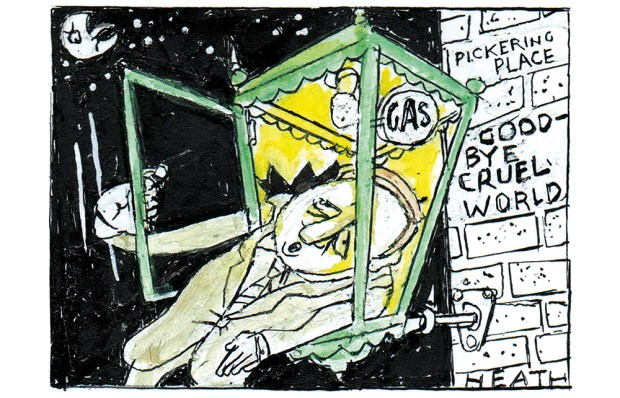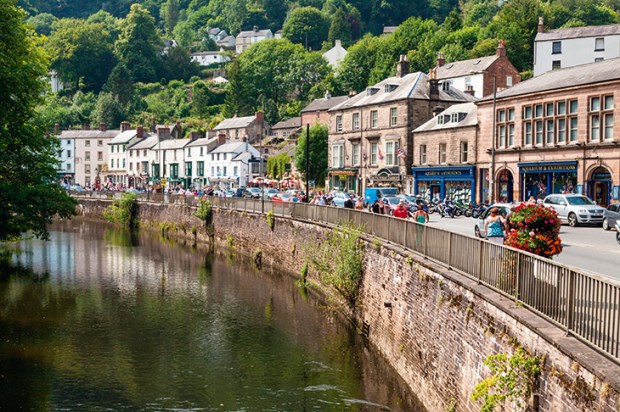We keep hearing about the importance of levelling up. Architects tasked with the responsibility of building new homes, however, might want to consider levelling across. With land prices at a premium, bungalows may not appear to be the most prudent use of limited space but lateral living has plenty to recommend it.
Originally built for early European settlers in India, the first UK bungalows — from the Hindi word bangla, meaning ‘belonging to Bengal’ — appeared in Westgate on the north coast of Kent in 1869. These early examples tended to be austere holiday homes constructed from prefabricated corrugated iron. Over in the US, grander structures became increasingly popular with the Arts and Crafts movement of the early 20th century. Clad in folksy weatherboard and surrounded by ornate verandas, these ‘craftsmen’s cottages’ were ideal for sleepy afternoons in a rocking chair. In cities such as Mumbai, Los Angeles and Sydney, bungalows are now ubiquitous across every class of neighbourhood. Indeed the demand for colonial-era bungalows in Singapore and Malaysia has rocketed in recent years.
Over here, we tend to disparage single–storey houses as little more than middle-class retirement homes for the terminally dreary.
This may have something to do with the drab uniformity of the architecture. Most of the examples you see today are tatty hangovers from the 1960s and 1970s when utility trounced aesthetics. British bungalows contain little of their colonial cousins’ charm and even now, architects tend to shy away from the bold glass and steel designs found in Scandinavian countries, preferring the blandness of a mock-Tudor gable or frosted glass porch. The mass adoption of UPVC windows hasn’t helped.
There are some notable exceptions of course, such as Wedgwood House in Suffolk. This small but pleasingly proportioned steel-framed structure, built in 1974 by architects Aldington & Craig, is heavily influenced by the clean lines of Mies van der Rohe’s Farnsworth House in Illinois. Floor-to-ceiling glass panels allow nature to meld seamlessly with the light-filled interior. The house appears to be floating above its lush gardens.
For those who care about sustainability, single-storey houses are a wise investment. Owners need never worry about expensive stair-lifts or having to move out of a beloved family home. Once doors have been widened to allow for wheelchair access, bungalow dwellers are pretty much set up for life. Green penny-pinchers will love bungalows too, as they are much cheaper to heat than your average Victorian two-up two-down, where most of the heat ends up in the loft.
The Grenfell tragedy has forced councils to rethink their mania for building skywards. Few people really like the concrete utilitarianism of tower blocks. These buildings have effectively killed off the sort of neighbourliness essential to a healthy, functioning society. If the government is serious about building back better, it needs to start erecting houses people enjoy coming home to. Aesthetic charm doesn’t have to cost the earth. All we need are some visionary architects to revive the beauty of the bungalow.
Got something to add? Join the discussion and comment below.
Get 10 issues for just $10
Subscribe to The Spectator Australia today for the next 10 magazine issues, plus full online access, for just $10.
You might disagree with half of it, but you’ll enjoy reading all of it. Try your first month for free, then just $2 a week for the remainder of your first year.














Comments
Don't miss out
Join the conversation with other Spectator Australia readers. Subscribe to leave a comment.
SUBSCRIBEAlready a subscriber? Log in